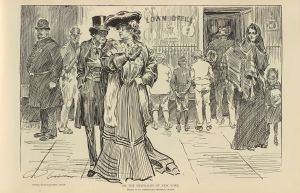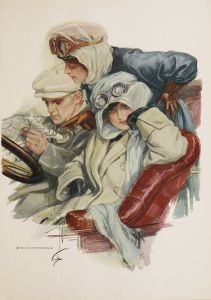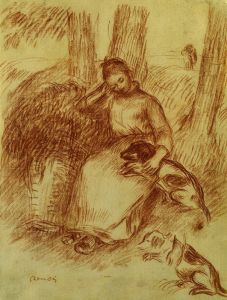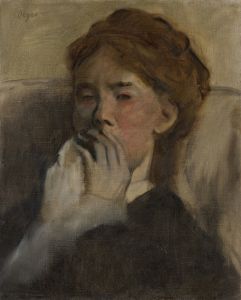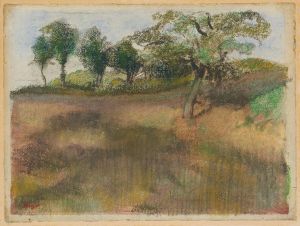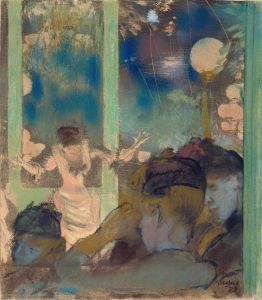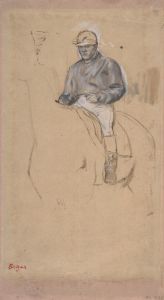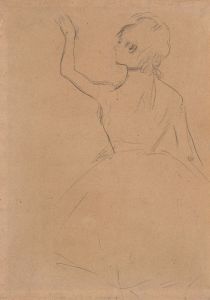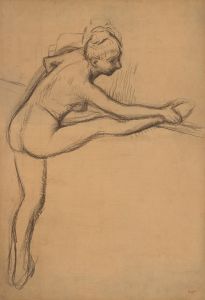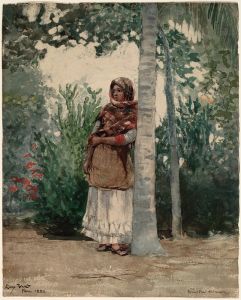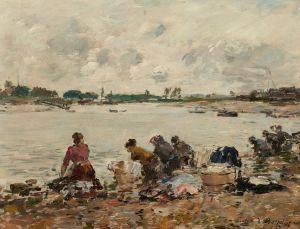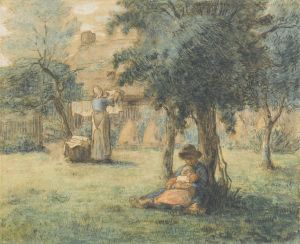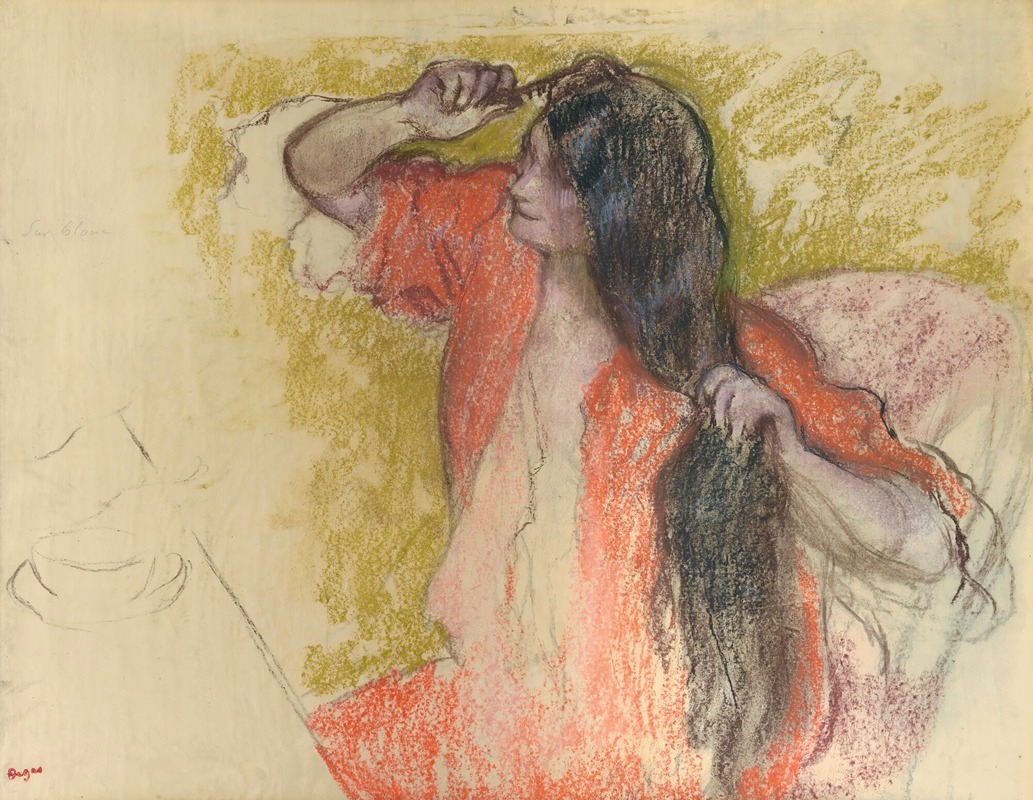
Femme En Peignoir Rouge Se Coiffant
A hand-painted replica of Edgar Degas’s masterpiece Femme En Peignoir Rouge Se Coiffant, meticulously crafted by professional artists to capture the true essence of the original. Each piece is created with museum-quality canvas and rare mineral pigments, carefully painted by experienced artists with delicate brushstrokes and rich, layered colors to perfectly recreate the texture of the original artwork. Unlike machine-printed reproductions, this hand-painted version brings the painting to life, infused with the artist’s emotions and skill in every stroke. Whether for personal collection or home decoration, it instantly elevates the artistic atmosphere of any space.
Edgar Degas, a prominent French artist associated with the Impressionist movement, is renowned for his innovative approach to capturing modern life, particularly through his depictions of dancers, women, and scenes of Parisian life. Among his extensive body of work is the painting "Femme En Peignoir Rouge Se Coiffant," which translates to "Woman in a Red Dressing Gown Combing Her Hair." This artwork exemplifies Degas's fascination with the intimate and private moments of women, a recurring theme in his oeuvre.
Degas was born on July 19, 1834, in Paris, France, and he developed a keen interest in art from a young age. He studied at the École des Beaux-Arts in Paris and spent time in Italy, where he was influenced by the classical art of the Renaissance. However, it was his return to Paris and his interactions with contemporary artists that led him to explore new artistic directions, eventually becoming a leading figure in the Impressionist movement, although he preferred to be called a realist.
"Femme En Peignoir Rouge Se Coiffant" is a testament to Degas's skill in capturing the subtleties of human form and movement. The painting depicts a woman engaged in the everyday act of combing her hair, a subject that Degas frequently explored. His interest in such themes was part of a broader trend among Impressionists to depict modern life and the fleeting moments of daily existence. Degas's approach was unique in that he often portrayed these scenes with a sense of voyeuristic intimacy, inviting viewers into the private world of his subjects.
The composition of "Femme En Peignoir Rouge Se Coiffant" reflects Degas's mastery of color and form. The use of a red dressing gown not only adds a vibrant contrast to the scene but also draws attention to the central figure, emphasizing her presence and the act of grooming. Degas's brushwork is both precise and expressive, capturing the texture of the fabric and the fluidity of the woman's movements. This attention to detail and the ability to convey a sense of immediacy are hallmarks of Degas's style.
Degas was known for his innovative use of perspective and composition, often employing unusual angles and cropping to create a sense of immediacy and intimacy. In "Femme En Peignoir Rouge Se Coiffant," the viewer is positioned as an observer of a private moment, a technique that Degas used to great effect in many of his works. This approach not only reflects the influence of photography, which was becoming increasingly popular during Degas's lifetime, but also underscores his interest in capturing the essence of modern life.
Throughout his career, Degas experimented with various media, including oil painting, pastels, and sculpture. His versatility and willingness to explore different techniques contributed to his reputation as one of the most innovative artists of his time. "Femme En Peignoir Rouge Se Coiffant" is an example of his work in oil, showcasing his ability to manipulate the medium to achieve a rich and textured surface.
Edgar Degas passed away on September 27, 1917, leaving behind a legacy that continues to influence artists and captivate audiences. His works, including "Femme En Peignoir Rouge Se Coiffant," remain celebrated for their insight into the human condition and their innovative approach to capturing the nuances of everyday life.





